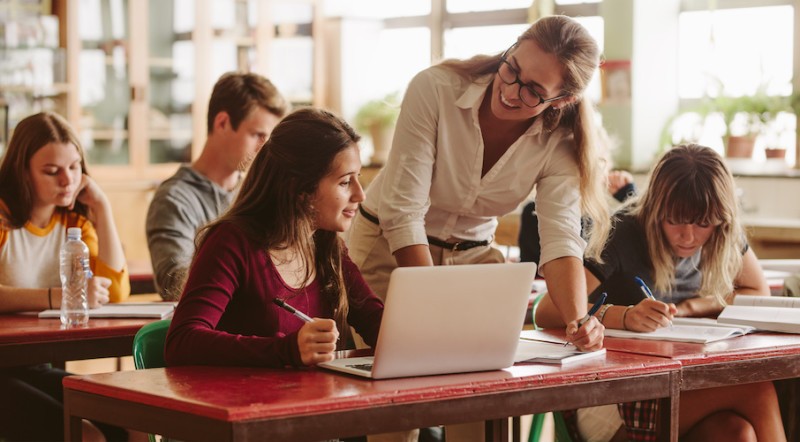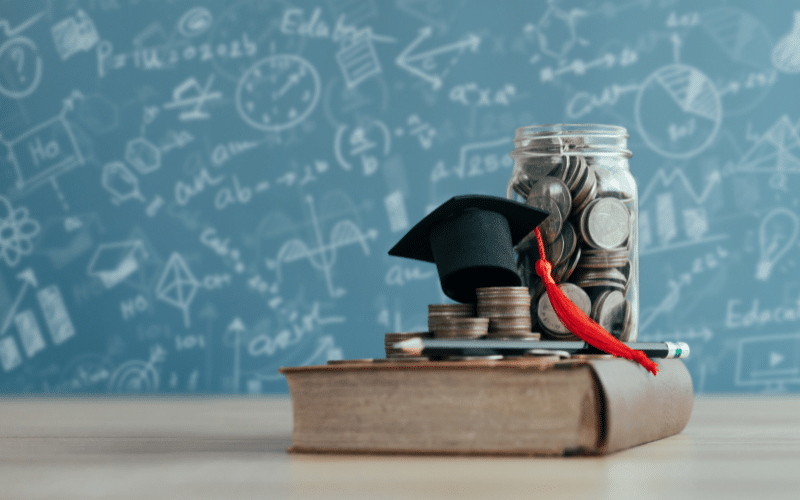Primary education sets the stage for a child’s lifelong learning journey. It involves more than just teaching basic skills like reading and math—it’s about nurturing curiosity, problem-solving, and a love for learning. The approach taken in these crucial years greatly influences future educational outcomes. So, what are the most effective methods for primary education? Let’s explore some of the leading approaches, each offering its own unique benefits.
What Makes a Primary Education Method Effective?
Defining Effectiveness in Education
An effective primary education method is one that aligns with the developmental needs of young learners. It creates an environment where children can thrive emotionally, socially, and intellectually. Methods that engage students, stimulate critical thinking, and make learning enjoyable are often considered the most effective.
Key Principles of Effective Education
- Student Engagement: The more involved children are in their learning, the more they retain. A successful education method captures students’ interest and inspires a love for learning.
- Inclusivity and Accessibility: A method is only effective if it can reach all students, regardless of their background, abilities, or learning styles.
- Critical Thinking and Problem-Solving: Education shouldn’t just teach facts; it should encourage students to ask questions and solve problems independently.
The Montessori Method
Core Philosophy of Montessori
Developed by Dr. Maria Montessori, this method promotes independence, freedom within limits, and respect for a child’s natural development.
Key Features of Montessori Education
- Self-directed Learning: Students choose their own activities, fostering independence and motivation.
- Mixed-age Classrooms: Children of different ages learn together, promoting peer learning and leadership among older students.
Advantages of Montessori
The Montessori method allows students to progress at their own pace, which reduces pressure and fosters a love of learning. Its hands-on approach is particularly beneficial for children who prefer active, experiential learning.
Challenges of Montessori
However, the lack of structure may not suit every child, especially those who need more direct instruction in areas like math or reading.
The Waldorf Education System
Key Concepts of Waldorf Education
Created by Rudolf Steiner, Waldorf education focuses on cultivating imagination and creativity, emphasizing both intellectual and emotional development.
Focus on Imagination and Creativity
Waldorf classrooms incorporate art, music, and storytelling into daily lessons, promoting creative expression.
Holistic Development in Waldorf
Waldorf’s holistic approach prioritizes emotional and social development alongside academic learning.
Strengths of Waldorf Education
This approach is excellent for fostering creativity and is ideal for children with artistic interests.
Criticisms and Limitations
Critics argue that Waldorf may lack rigor in subjects like math and science, potentially leaving students less prepared for higher education in these areas.
The Reggio Emilia Approach
Philosophy Behind Reggio Emilia
Reggio Emilia views children as capable learners and emphasizes collaborative, project-based learning. Originating in Italy, this approach encourages exploration through hands-on experiences.
Student-Centered Learning in Reggio Emilia
Children direct their learning by participating in projects based on their interests.
Collaborative Learning Environment
A strong sense of community is fostered as teachers, parents, and students work together in the learning process.
Benefits of Reggio Emilia
This method encourages critical thinking, collaboration, and social development, making it ideal for nurturing teamwork and communication skills.
The Traditional Classroom Model
Overview of the Traditional Model
Traditional education is teacher-led and typically structured around a set curriculum, with clear academic goals.
Structured Curriculum and Teacher-Directed Learning
It emphasizes textbooks, regular assessments, and a clear teacher-student hierarchy.
Strengths of Traditional Education
The traditional approach provides structure and routine, which can be beneficial for students who thrive in such environments.
Potential Drawbacks of Traditional Education
This method can sometimes be rigid, potentially limiting creativity and self-directed learning.
Project-Based Learning (PBL)
What is Project-Based Learning?
PBL engages students in real-world projects that promote inquiry, collaboration, and hands-on learning.
How PBL Enhances Student Engagement
Students are more motivated when they see how their learning applies to real-world challenges.
Benefits of Real-World Problem Solving
PBL fosters critical thinking, creativity, and teamwork, equipping students with skills they can use beyond the classroom.
Challenges of Implementing PBL
It can be difficult to implement in traditional classrooms and requires teachers skilled in managing diverse projects.
The Finland Education Model
Why Finland’s Education is Globally Admired
Finland’s education system focuses on student well-being, less pressure, and highly trained teachers.
Emphasis on Play and Less Structured Time
Young students spend more time playing, which is thought to enhance creativity and problem-solving abilities.
Teacher Training and Professional Autonomy
Teachers in Finland receive extensive training and have the freedom to tailor their lessons, promoting personalized learning experiences.
Strengths of Finland’s Approach to Primary Education
By creating a supportive environment for both students and teachers, Finland’s system promotes high engagement and positive outcomes.
Blended Learning in Primary Education
Definition and Structure of Blended Learning
Blended learning combines traditional in-person teaching with digital resources, offering a flexible educational model.
How Technology Enhances Learning
Technology enables personalized learning experiences, allowing students to work at their own pace.
Flexibility and Accessibility in Blended Learning
This model makes education more accessible, as students can access lessons and resources online.
Comparative Analysis of These Methods
Key Similarities
Many of these methods emphasize student-centered learning, creativity, and problem-solving.
Major Differences
While Montessori and Reggio Emilia focus on student independence, traditional models and PBL offer more structure and real-world application.
Which Method is Best for Your Child?
Tailoring Education to the Child’s Needs
The best method depends on a child’s learning style, personality, and interests. Some thrive in structured environments, while others need more freedom to explore.
Factors to Consider When Choosing an Education Method
Parents should consider teacher quality, classroom size, and whether the method aligns with their child’s unique needs and interests.
The Future of Primary Education Methods
Trends Shaping the Future of Learning
As technology evolves, education will likely shift towards more personalized, flexible, and tech-integrated models.
Role of Technology in Future Education Models
Digital tools and online platforms will play an increasing role, providing more opportunities for individualized learning experiences.
Conclusion
There’s no single best primary education method, as each has its strengths and challenges. Whether it’s Montessori, Waldorf, or Finland’s approach, the key is finding the best fit for each child’s unique needs and learning style.
FAQs
- Which primary education method is most popular worldwide? The traditional model is still the most widely used, though Montessori and Finland’s systems are gaining traction.
- How does Montessori differ from Waldorf? Montessori emphasizes self-directed learning, while Waldorf focuses on imagination and creativity.
- Can project-based learning be applied in traditional schools? Yes, but it requires adjustments to the curriculum and teaching style.
- Why is Finland considered a leader in education? Finland prioritizes student well-being, play, and highly trained teachers.
- What should parents consider when choosing a primary education method? Parents should assess their child’s learning style, interests, and the overall quality of the learning environment.





